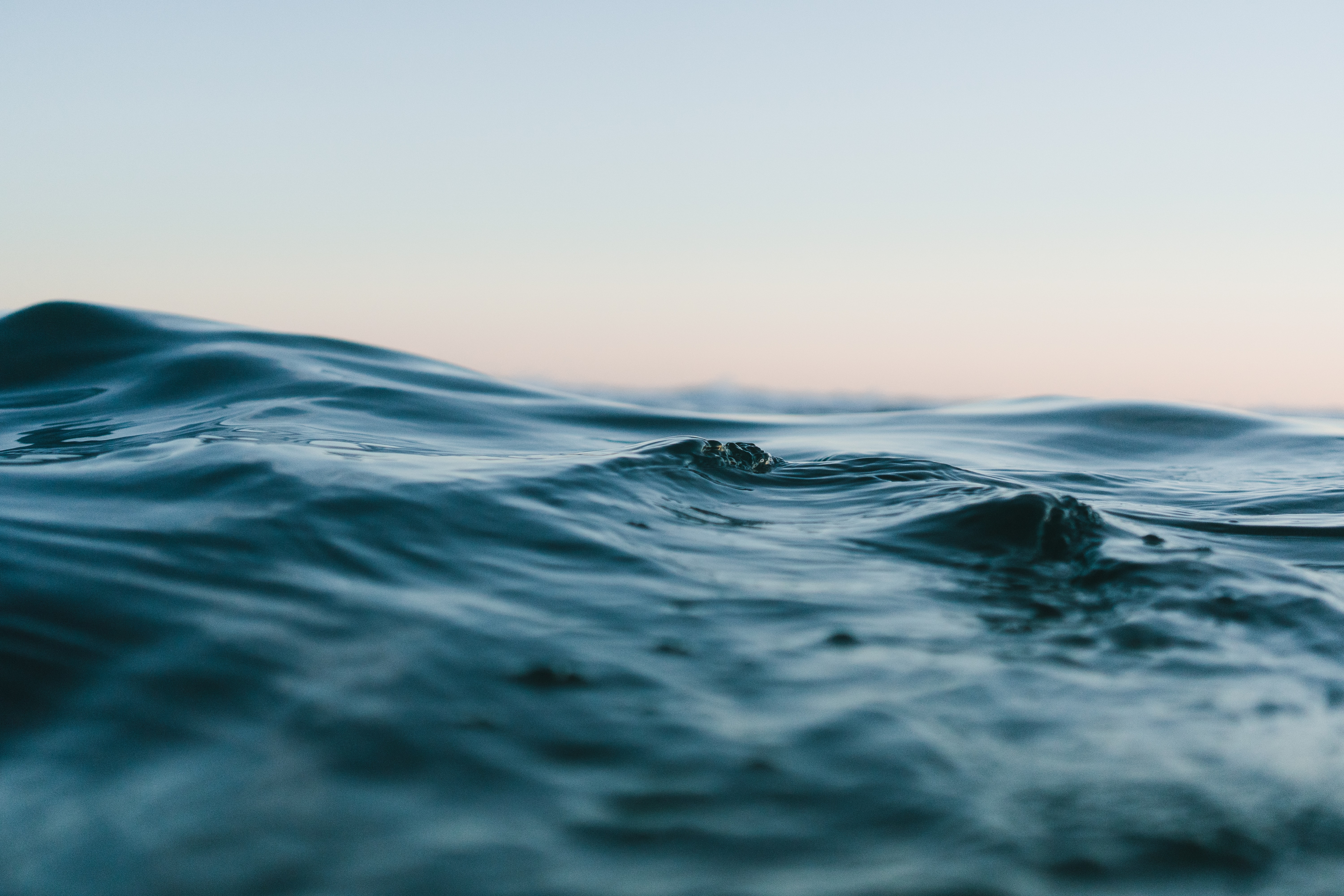Media release
From:
Author comment from Associate Professor Laura Revell, University of Canterbury
The marine environment covers over 70% of our planet and forms a significant surface area where atmospheric micro- and nanoplastics can be exchanged between the air and water. Research on the marine plastic cycle has primarily focused on rivers and coastal discharge of plastic to the sea, but without considering the atmospheric influence. The atmosphere is an important part of the marine plastic cycle, and transports tiny pieces of plastic pollution to and from the oceans. Atmospheric micro- and nanoplastics are small in size, with a large proportion of particles at or below 10 micrometers, which is small enough to be inhaled by humans. In addition, micro- and nanoplastics are concerning for ocean ecosystem health.
This new perspectives paper (https://doi.org/10.1038/s43017-022-00292-x) brings together 33 international expert scientists in atmospheric, oceanography and plastic pollution, supported by the United Nations Joint Group of Experts on the Scientific Aspects of Marine Environmental Protection and the World Meteorological Organization, to highlight the importance of including the atmosphere in the global plastic cycle.
The global oceans present a large area where atmospheric micro- and nanoplastics may deposit into the marine environment. Conversely, small plastics may be ejected from the ocean into the atmosphere when waves break and bubbles burst. The ocean-atmosphere exchange or flux is estimated in this new perspective paper to be between 0.013 and 25 million metric tons per year, but these values are highly uncertain due to the limited availability of consistent, comparable data. To combat this uncertainty, this paper outlines a global observation and research strategy that will provide a long-term observation network of atmospheric micro- and nanoplastics.
The global strategy described in the paper aims to help create a cohesive, comparable data set that will enable us to monitor the atmospheric MnP flux in a similar manner to mercury, aerosol particles or CO2, enabling not only quantification of the ocean-atmosphere micro- and nanoplastic flux and therefore the influence on ecosystem and human health, but also more effective prevention and/or management of plastic pollution. The paper highlights the need to act now to initiate a global observation network, and initiate globally comparable long-term observation data sets.



 New Zealand; International
New Zealand; International



